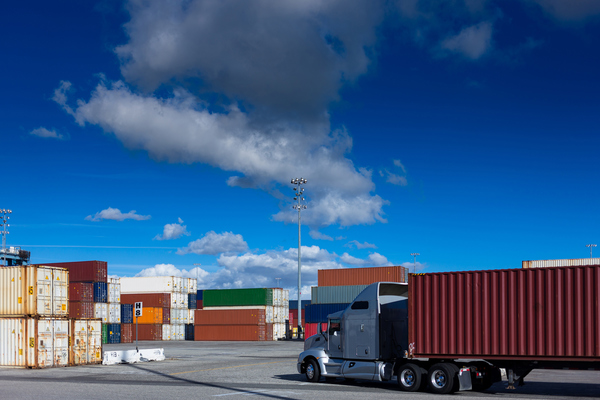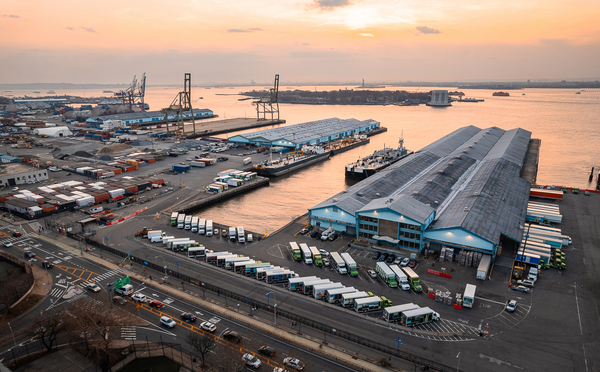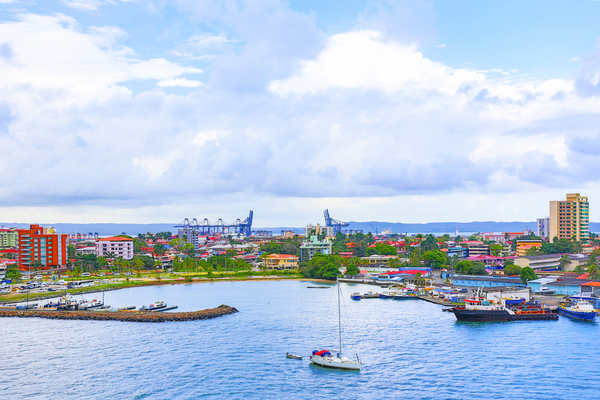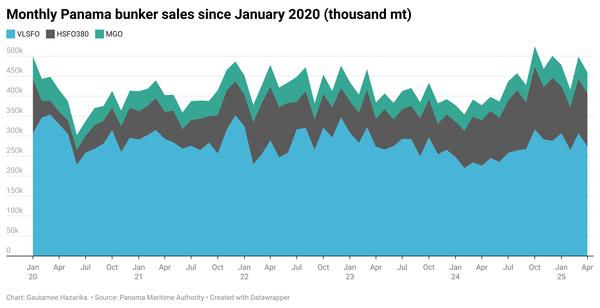Americas Fuel Availability Outlook 15 May 2025
HSFO supply tight in Houston and Balboa
Los Angeles import volumes set to recover
Panama Canal drought threat persists
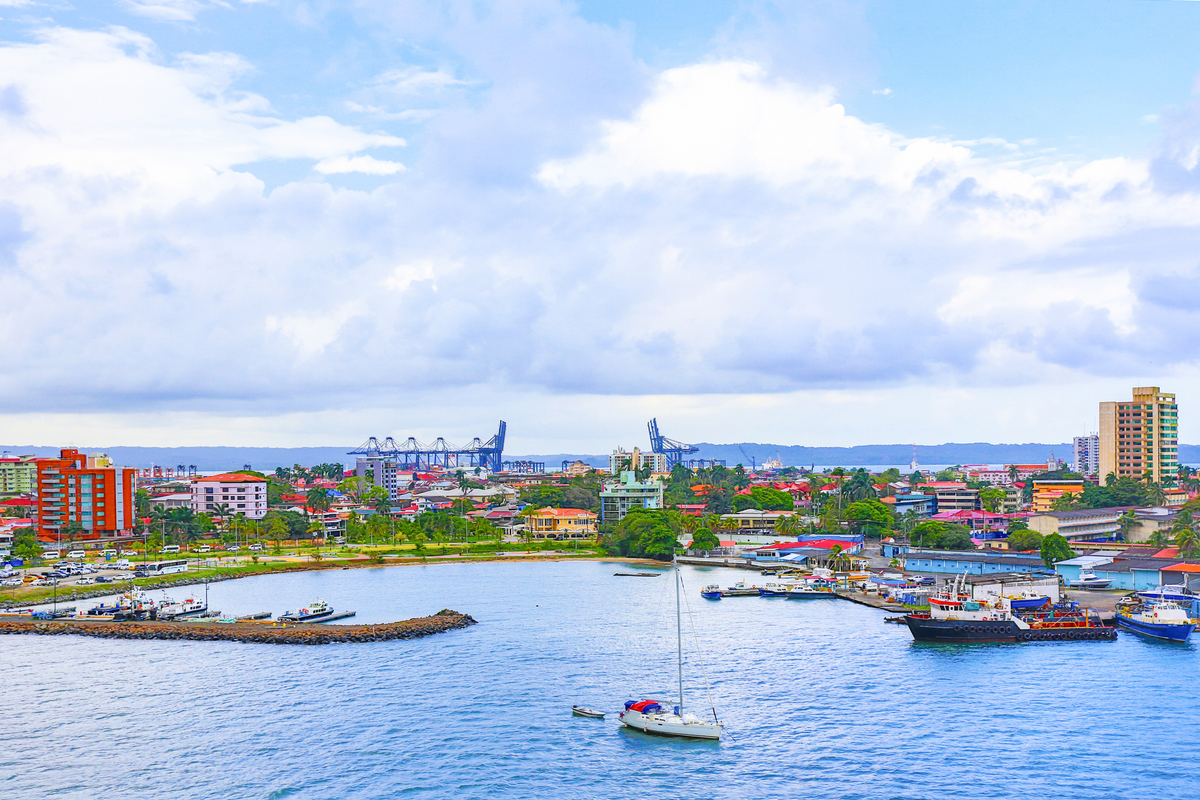 IMAGE: The Atlantic entrance to the Panama Canal. Getty Images
IMAGE: The Atlantic entrance to the Panama Canal. Getty Images
North America
Bunker demand in Houston has been slow at the start of May. VLSFO and LSMGO are available for prompt delivery with recommended lead times of 5-7 days.
HSFO availability is currently tight in the port and requires lead times of at least a week.
Bunker operations were suspended in the Galveston Offshore Lightering Area (GOLA) on Wednesday, with deliveries being conducted on a first come, first serve basis.
“Delays are expected until tomorrow. Supply ships will deliver when conditions allow, but deliveries stop if seas rise above 5 feet,” a source about GOLA.
In New York, fuel availability across all grades remains okay. Suppliers recommend lead times of 3-5 days, down from last week’s 5-7 days. Possible disruptions from high winds are expected in the port between 17-19 May, which can delay bunker barge operations.
Bunker One has introduced three additional fuel grades in New York: B30-HSFO and B30-LSMGO biofuel blends and pure HSFO. The B30 blends contain 30% fatty acid methyl ester (FAME) or hydrotreated vegetable oil (HVO) biofuels blended with HSFO or LSMGO. The fuels will be sold on ISO 8217:2017 specifications and are ISCC EU-certified.
On the West Coast, fuel availability remains good, with suppliers recommending lead times of less than a week.
Incoming shipping traffic has picked up slightly, but it can vary from day to day, a source said.
“Following the pause, there was a slight pickup in East Coast volumes, but the West Coast hasn't been the busiest, but safe to say remains steady,” a trader noted.
The Port of Los Angeles, which has experienced a slump in incoming container shipments over the past month, is expected to recover following the 90-day tariff pause between the US and China.
According to Port Optimizer, import volumes in Los Angeles are projected to rise to 103,000 TEUs next week, up from 85,000 TEUs this week, with 22 vessels scheduled to call. This would make a 22% increase week-on-week, and a 57% bump compared to the same period last year.
Peter Sand, chief analyst at Xeneta, said, “The new tariffs will affect around $18 billion in annual imports, …but if China responds in the same way as 2018 then we could be at the start of another spiral of escalating tariffs. That will mean yet more pain for shippers and ocean freight service providers to deal with.”
Montreal is bracing for possible disruptions from high wind gusts between 17-19 May. There is already a bunker backlog in the port and barge operations are limited to daylight hours.
Caribbean and Latin America
In Panama, availability of VLSFO and LSMGO is good and recommended lead times are around 5–6 days. HSFO is tight in Balboa and requires a longer lead time.
“Demand in the market overall remains quiet and priority is given to vessels with confirmed transit schedules through the Panama Canal,” a source said.
Panama’s bunker fuel sales fell to seven-month lows in April, with total sales dropping to 459,000 mt - down 40,000 mt from March. VLSFO and HSFO sales declined by 11% and 2%, respectively, while LSMGO sales rose by a minimal amount.
Xeneta's Peter Sand highlighted major events affecting the container shipping market, including the conflict in the Red Sea and drought conditions in the Panama Canal.
In 2023, the Panama Canal experienced its worst drought in over a century, driven by a combination of a strong El Niño effect and climate change. Officials warn that without long-term solutions like the planned Rio Indio reservoir, the canal remains vulnerable to future droughts and climate pressures.
Freeport in the Bahamas is experiencing stable weather. Deliveries at the anchorage continue with cruise ships being given priority.
St. Eustatius and Trinidad are also operating under normal conditions, with no major weather disruptions, and bunker deliveries are proceeding as usual.
In Zona Comun, high wind gusts are expected over the weekend, which may trigger a bunker delivery suspension if winds exceed 20 knots. VLSFO remains tight availability at the anchorage, with recommended lead times of 12–14 days.
Low reservoir levels in Brazil and Argentina, along with weak river inflows, are keeping conditions dry in the Paraguay river, whose water levels are lower than usual for this time of year.
“Rainfall has been intense in spots but highly erratic - no sub-basin has seen a stable or normal pattern,” Antares Ship Agents noted. This is affecting all upriver ports along the Paraná River, including San Lorenzo, Rosario, Arroyo Seco, Villa Constitución, San Nicolás, Ramallo and San Pedro.
“Bunkering isn’t affected for now, since it takes place in Zona Común, which is in the tidal area where the draft is stable and things are quiet now,” a local supplier said.
By Gautamee Hazarika
Please get in touch with comments or additional info to news@engine.online

Contact our Experts
With 50+ traders in 12 offices around the world, our team is available 24/7 to support you in your energy procurement needs.

